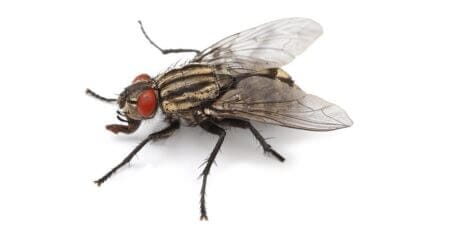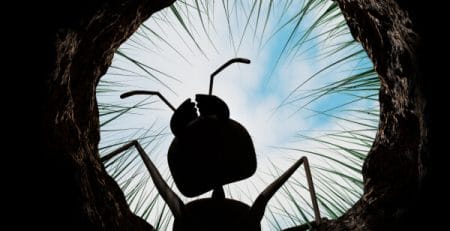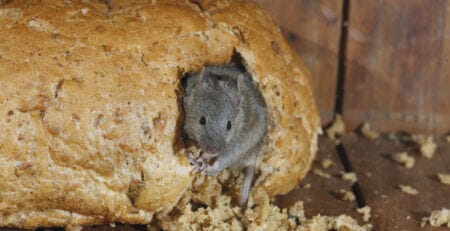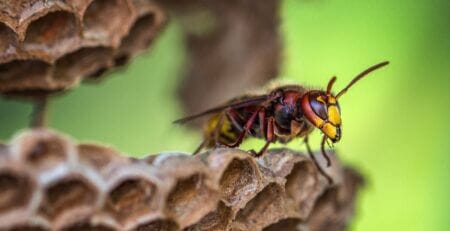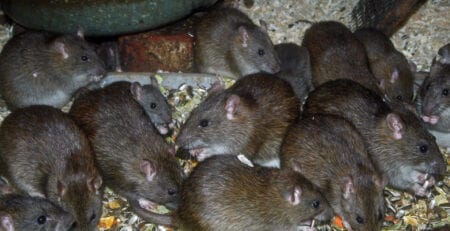Ultimate Guide to Ant Control: Tips and Tricks for a Pest-Free Home
Ants are common household pests that can quickly become a nuisance if left unchecked. Understanding their behaviour, nesting habits, and identification methods is crucial for effective ant control. In this ultimate guide, we will provide you with valuable tips and tricks to keep your home ant-free. Learn how to identify different ant species, understand their behaviour and nesting habits, recognize signs of an ant infestation, and discover preventive measures to keep ants away for good.
1. How to Identify Different Species of Ants:
Ants come in various species, each with distinct characteristics. Identifying the specific ant species invading your home is essential for targeted control. Here are some common ant species you might encounter:
a. Black Garden Ants (Lasius niger):
– Appearance: Small, black ants ranging from 3 to 5 mm in length.
– Behavior: Often found in gardens, nests outdoors but may forage indoors.
– Identification: Look for well-defined trails leading to food sources.
b. Carpenter Ants (Camponotus spp.):
– Appearance: Vary in size and colour (black, red, or brown); larger than most ants.
– Behavior: Excavate wood for nesting, often found in damp or decaying wood.
– Identification: Sawdust-like debris (frass) near nesting areas.
c. Pharaoh Ants (Monomorium pharaonis):
– Appearance: Small, light-yellow to reddish-brown ants.
– Behavior: Nest indoors in warm, humid areas, known for rapid colony growth.
– Identification: Erratic trails, commonly found near food and water sources.
d. Red Imported Fire Ants (Solenopsis invicta):
– Appearance: Reddish-brown ants, about 2 to 6 mm in length.
– Behavior: Aggressive and known for painful stings; builds large mounds outdoors.
– Identification: Visible mounds, aggressive behaviour when disturbed.
By identifying the ant species, you can determine the most effective control methods to eradicate them from your home.
2. Understanding Ant Behavior and Nesting Habits:
To effectively control ants, it’s essential to understand their behaviour and nesting habits. Ants are highly organized social insects that live in colonies with specific roles. They establish nests in various locations based on their species:
a. Indoor Nesting:
– Wall cavities, floor voids, or under sinks.
– Attics, basements, and crawl spaces.
– Electrical outlets, insulation, or hollow doors.
b. Outdoor Nesting:
– Soil mounds or anthills in the garden.
– Under rocks, logs, or tree stumps.
– Nesting near food and water sources.
By understanding where ants nest, you can target those areas for effective control measures.
3. Common Signs of an Ant Infestation:
Identifying the signs of an ant infestation early on can prevent it from becoming a larger problem. Look out for these common indicators:
a. Ant Trails:
– Regularly spotted lines of ants moving in a procession.
– Trailing along baseboards, walls, or near food sources.
b. Visible Nests:
– Indoor nests can be found in cracks, crevices, or hidden areas.
– Outdoor nests include visible mounds or anthills in the soil.
c. Presence of Ants:
– Spotting live ants in your home, particularly around the kitchen or food areas.
d. Wood Damage:
– Presence of wood shavings, especially with carpenter ants.
Recognizing these signs early on can help you take immediate action and prevent the ant infestation from spreading.
4. Prevention Measures to Keep Ants Away:
The best way to deal with ants is to prevent them from entering your home in the first place. Here are some effective prevention measures:
a. Seal Entry Points:
– Inspect and seal any cracks or gaps in windows, doors, and foundations.
– Use weatherstripping and door sweeps to create a tight seal.
b. Keep a Clean Environment:
– Clean up spills and crumbs immediately.
– Wipe down countertops and sweep floors regularly.
– Store food in airtight containers.
c. Eliminate Food and Water Sources:
– Keep pet food dishes clean and remove them when not in use.
– Fix any leaks and minimize moisture in your home.
d. Trim Vegetation and Remove Debris:
– Keep trees, shrubs, and branches away from the house.
– Remove leaf litter and debris from around the perimeter.
e. Use Ant-Repellent Substances:
– Sprinkle cinnamon, vinegar, or peppermint oil near entry points.
– Place bay leaves, coffee grounds, or citrus peels as deterrents.
f. Regularly Inspect and Maintain:
– Conduct routine inspections for signs of ants or potential entry points.
– Maintain proper sanitation and cleanliness inside and outside your home.
By implementing these preventive measures, you can significantly reduce the risk of ant infestations and maintain a pest-free environment.
Conclusion
Ant control requires a comprehensive approach that includes identification, understanding behaviour, recognizing signs of infestation, and implementing preventive measures. By familiarizing yourself with different ant species, their nesting habits, and signs of infestation, you can effectively address ant problems in your home. Remember to take proactive steps to prevent ants from entering your living spaces. By following the tips and tricks outlined in this ultimate guide, you can achieve a pest-free home and enjoy peace of mind. If the infestation persists or becomes overwhelming, don’t hesitate to consult professional pest control services for further assistance.


